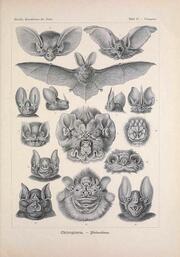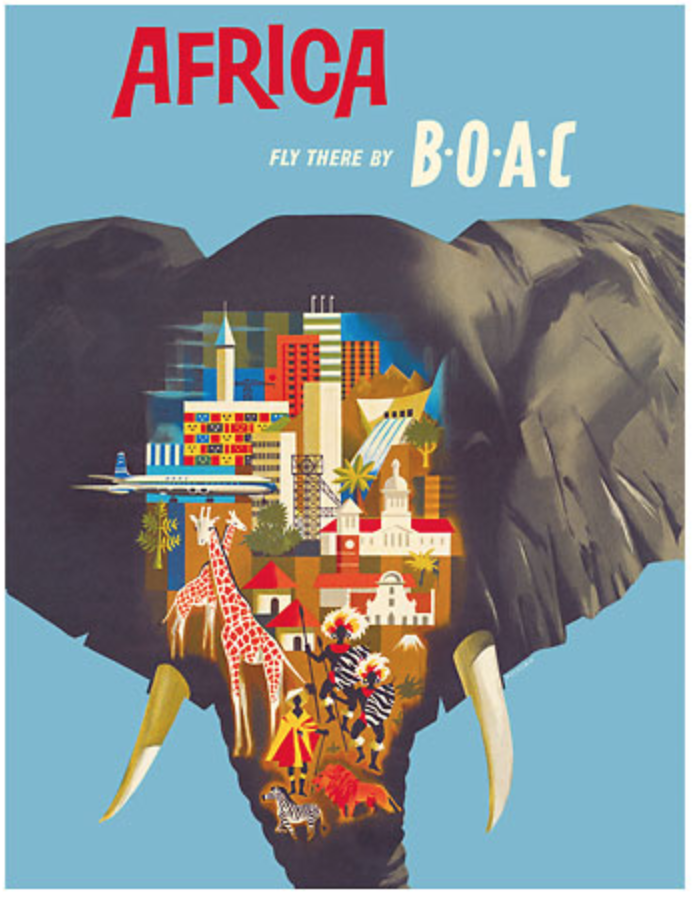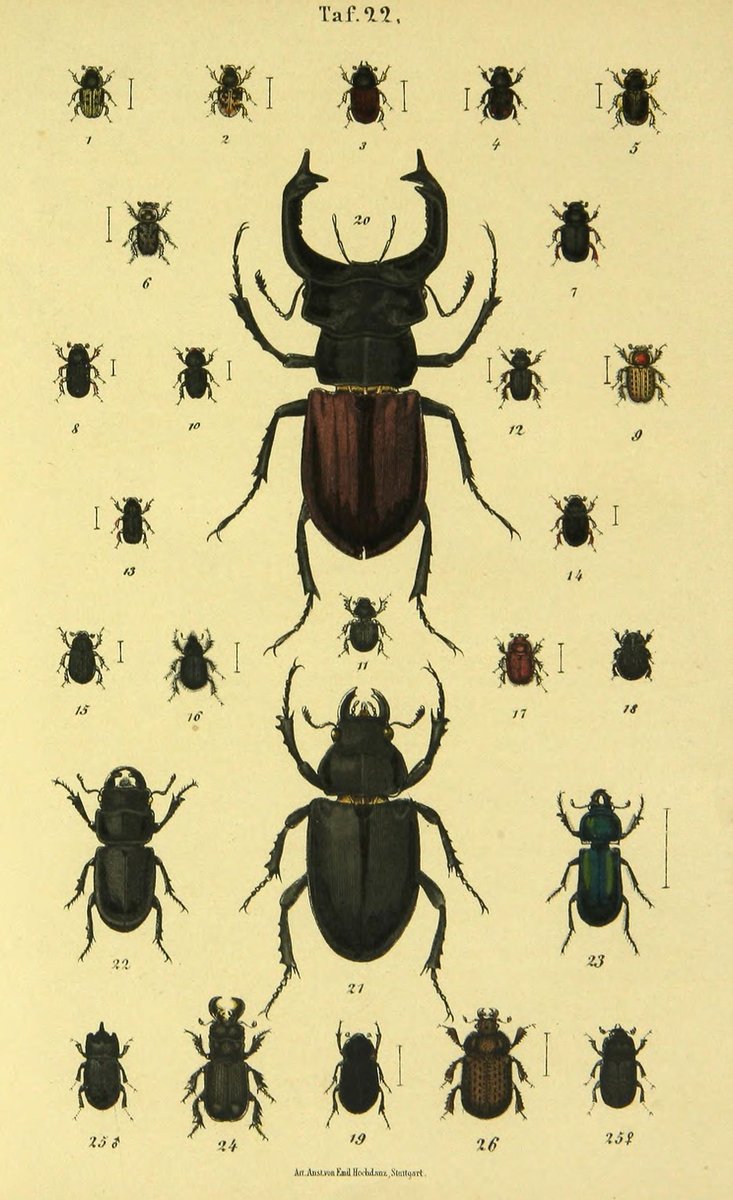|
“This is the Devils Toilet”, said Boyd Mabole, grinning at my horrified expression. “You want to know why? We’re going over some Grade III rapids and if you fall off the raft, you’ll be sucked down and flushed all the way to the bottom”. Boyd doesn’t mitigate any of the world-class rapids we’re about to tackle. However, as a Zambian athlete kayaker who’s been coursing these crazy waters for 18 years, I can’t ask for a better human to take me down the Zambezi River. Our trip departs from the ‘Boiling Pot’, underneath the swirling waters of Victoria Falls. Above us, the iconic steel bridge, built by Cecil John Rhodes over a century ago, tethers the Batoka Gorge, plus Zimbabwe and Zambia together. Once on the river, Boyd shares safety drills and tips so we can get used to our paddles in the slower-flowing waters. “If I tell you to paddle forward, then paddle forward. Deep and hard! I don’t wait to see any dainty Japanese teaspoons in the water”, he demonstrates with his paddle, barely skimming the top of the water. True to its name, the water lapping at our rubber raft is white and frothing. Mid-brief, a howl alerts us to someone who’s just thrown herself off the structure above us, legs bound in a bungee jump. Part of me wishes I was jumping off a bridge instead too. Suddenly, we’re off. “Paddle! Paddle! Paddle forward!”, Boyd yells over the din of the dark, whipped up water. The boat surges lurching up and bounces with the waves. Before I can choke on the liquid quickly closing in around us, we’re facing nose down about to dive into the churning breakers. Boyd yells, “Get down and hold on!”. During our first safety talk, Boyd named the rope that runs around the length of the raft the ‘Oh Shit!’ line. It’s an unquestionably accurate title and we quickly become well-acquainted. Gripping it for dear life, I’m holding the vital trifecta of my paddle, the line and my breath as the river washes over us. We eventually ricochet out the other end of the Devil’s Toilet – still successfully one with the raft and bearing grins you can probably spot from that bridge. Despite Boyd naming every ghastly-sounding rapid with glee (the names got better and better – Stairway to Heaven, Commercial Suicide, The Gnashing Jaws of Death, Creamy White Buttocks etc.) I realise I haven’t stopped grinning. The mixture of thrill and terror is totally intoxicating. In fact, I’m having the time of my life. Later, I cheer my successful combat of the river with a bottle of local Mosi lager and sail into the sunset on one of the oldest boats on the Zambezi, the beautiful wood-panelled MV Makumbi built back in the 1950s. The next morning though, it’s back on. Buckled in with two other passengers and an enthusiastic pilot, it’s time for a helicopter flight with Livingstone's Adventures. Up in the air, it’s easy to see why the falls have long been known as Mosi-oa-Tunya, or ‘The Smoke that Thunders’. Sheets of spray billow up, filling the hundred-metre heights of Batoka Gorge with vapour befitting the name ‘Boiling Pot’, where my adventure in Zambia began. The blades beat above us, and after a few admiring spins above Victoria Falls, we’re piloted right down into the gorge, to what feels like mere metres above those rushing, human-munching rapids. The walls of the canyon hug us tightly, and I’m thankful for the seatbelt as we sway, just like the water, around the bends of Batoka. Luckily, what goes up, must come down. The main attraction here is, of course, the sprawling spread of water named the Victoria Falls by David Livingstone back in 1855. One of history’s most famous safari characters also lends his name to this little Zambian town. I want to sample more than the iconic landmark and adventure on offer up here, so I catch the regular shuttle into Livingstone from my riverbank stay, the Victoria Falls Waterfront. The Livingstone Museum is the oldest and largest museum in Zambia, and I start my solo street walk from here. First, I dip into Da Canton for Lonely Planet’s top recommendation of real-deal homemade Italian gelato (two scoops, one oreo and one peanut butter, as recommended by the saleswoman) for 20 Kwacha. Livingstone is not as polished as the more touristy town of Victoria Falls in Zimbabwe, but it sure has heart. Camera slung around my shoulders, I join the pedestrians with ease. Passing the Art Deco-style Capitol Theatre (built in 1931 and mostly unchanged), busy barber shops, banks and car wash stands, I peruse the stalls at the Mukini Park Craft Market, each home to a smiling vendor. They don’t hassle me, but I’m firmly invited to each and every booth. After inspecting five or six, I had to be firm back. However, I was willingly lured into Shadreck Siamate’s shop. A practising artist for 14 years, his striking paintings are colourful and unique, standing out from the more cliched curios. Rain clouds start to swell after a day of soaring tropical heat, and I make it back to my hydrous hotel just in time for dinner, set to be an unusual affair. The Elephant Café is something of an anomaly. After shutting down an elephant-riding operation in Zambia, a herd of ten hand-reared elephants needed an alternative. Elephants, especially those in captivity, can live for up to 50 years. Elephant-riding ceased, but these habituated animals still require (rather expensive) human care and extra feed for years to come. These elephants cannot be released due to their familiarity with people and the high likelihood of human-wildlife conflict. It’s a poignant present-day reality resulting from years of tourism-induced demand, but the Elephant Café is an inventive solution for an otherwise tragic pachyderm predicament. Today, the herd roams the wilds of the Mosi-oa-Tunya National Park, which is where the award-winning African fusion restaurant sits too, helping to generate much-needed funds for feed and salaries. The dinner is totally deserving of the TripAdvisor praise and I eagerly sink my teeth into every dish, from Thai-inspired tilapia to mongongo nut ice cream. The restaurant strives to support local businesses and farmers with ingredients sourced within a twenty-kilometre radius. This ensures not only freshness but sustainability and uniqueness too. Gazing over my plate onto the Zambezi River, I think back to my rafting adventure. Zambia and Zimbabwe have shortlisted American, European and Chinese companies to build the Batoka Gorge hydropower plant, a dam planned for construction further down the gorge. It’s estimated to take ten years to complete, but those in the know say it will deeply affect the river and it’s rapids far sooner. By the time you read this, a contractor may have already been selected. It’s up to responsible travellers to reiterate the importance of these waterways and I hope that, like the Elephant Café (which is due to go completely 'hands off' soon), there’s an innovative, lifesaving solution to save this endearing destination. How to long weekend in LivingstoneDo it right and a long weekend in Livingstone delivers adventure and leisure in equal measure. The Explorer Club Africa includes The Victoria Falls Waterfront for affordable, central accommodation on the banks of the Zambezi River and two more luxe stays - the David Livingstone Safari Lodge and The River Club. It’s also home to on-site adventure hubs that can organise any Livingstone exploits, from adrenaline-inducing rafting to sunset cruises to daring swims on the edge of Victoria Falls in the infamous Devil’s Pool. Whitewater rafting season is split into the low water and high water trips. The low water season is usually between August and January, this is when it is safe to raft rapids one (right below the falls) through to rapid number 21. During high water, it’s unsafe to raft from rapid one through to ten. Shorter river trips operate between January and July. Check water levels before you book. Travel Tips for LivingstoneGETTING AROUND Many hotels have daily shuttles to the Victoria Falls and back. Ask the front desk to arrange a transfer or taxi if need be. They’ll have the best local knowledge on the going rate too. RAFTING Bring a rash vest or T-shirt and cap to protect from sunburn while rafting and a dry bag for cameras and other electronics when visiting the falls. SAFETY English is widely spoken, and I walked around by myself with a camera around my neck without feeling at risk. However, be street smart. This is still a city. Get local and practice a little Tonga. ‘Hello’ is Kamwamba and ‘How are you?’ Mulibuti. COSTS The currency is Zambian Kwacha, but dollars are widely accepted. This story first appeared in Sawubona magazine.
0 Comments
Leave a Reply. |
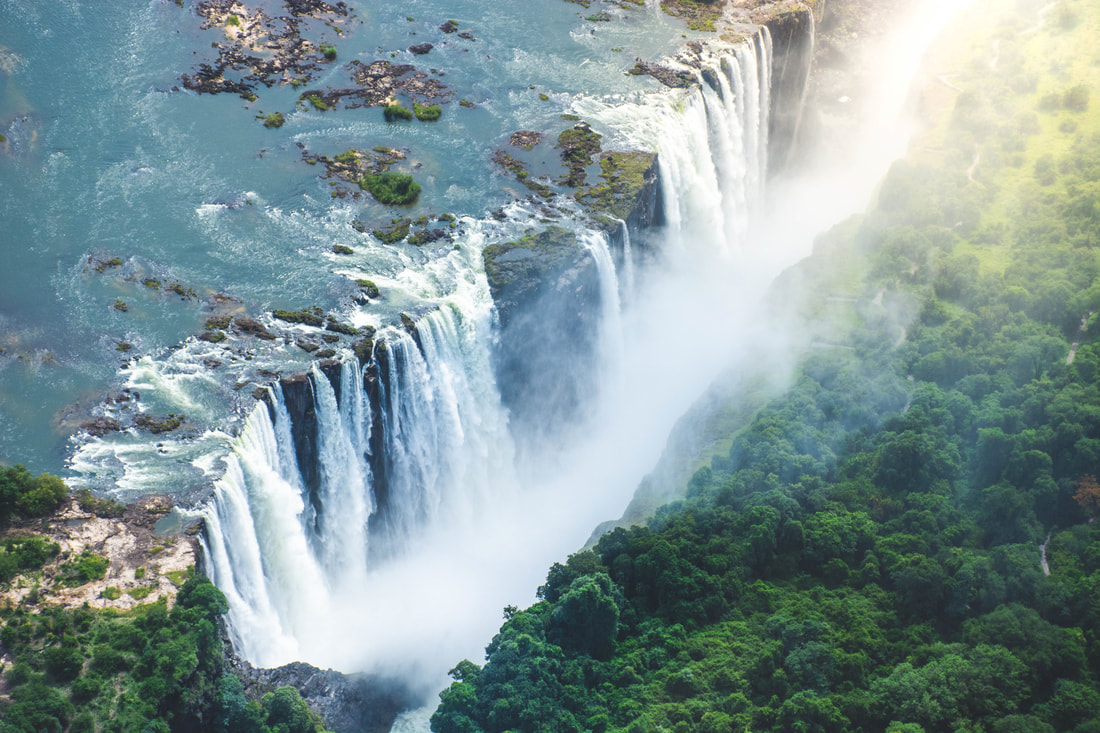
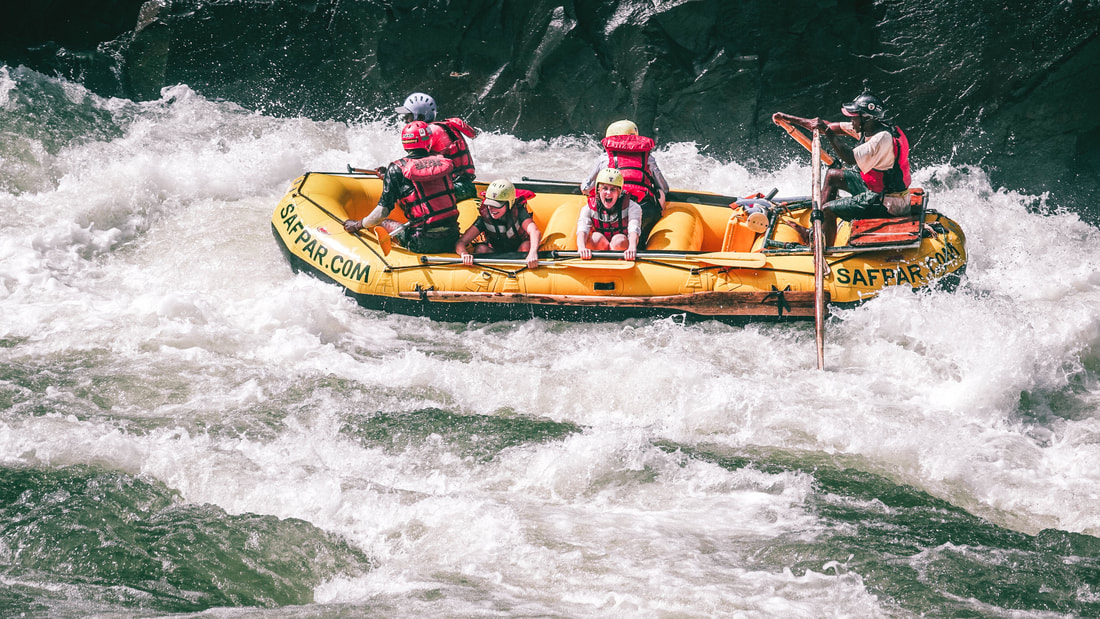
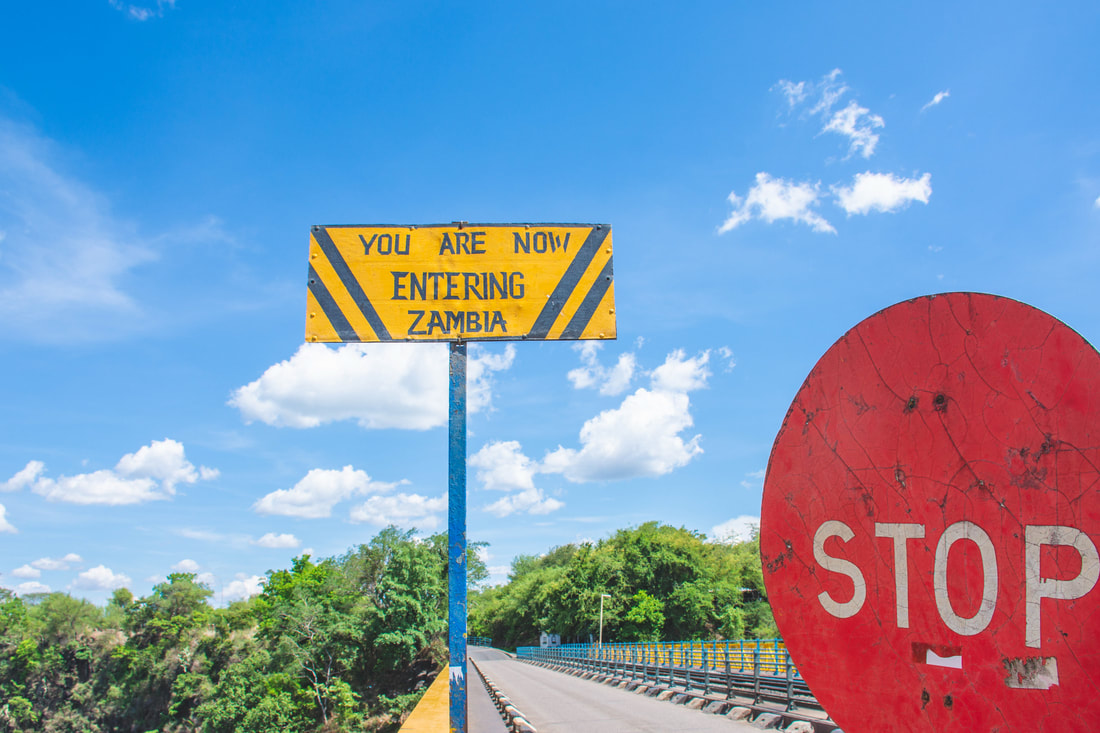
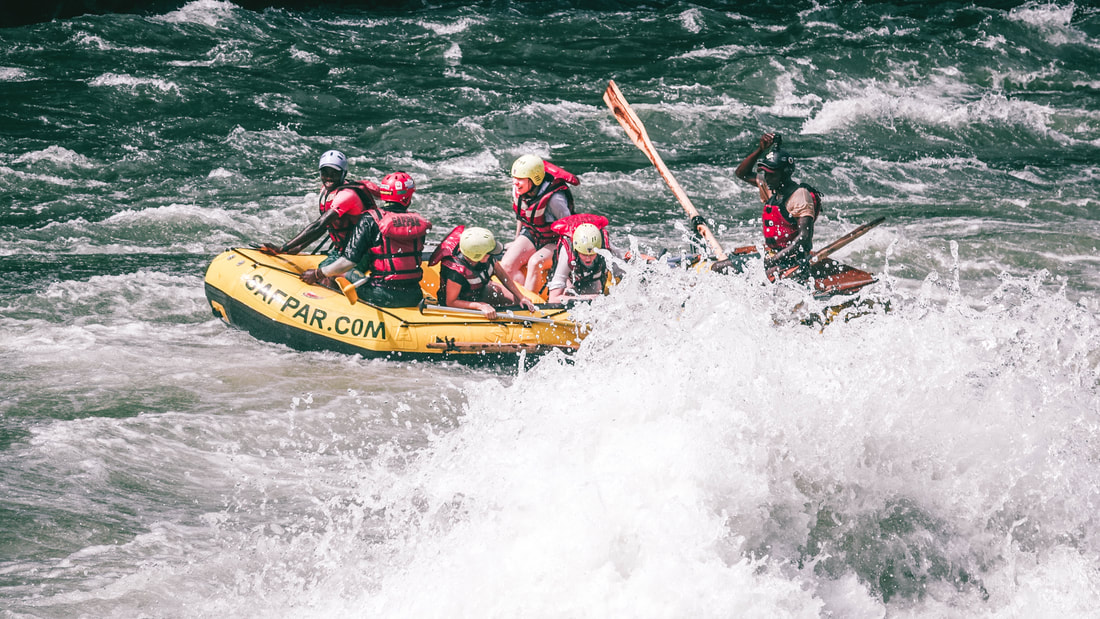
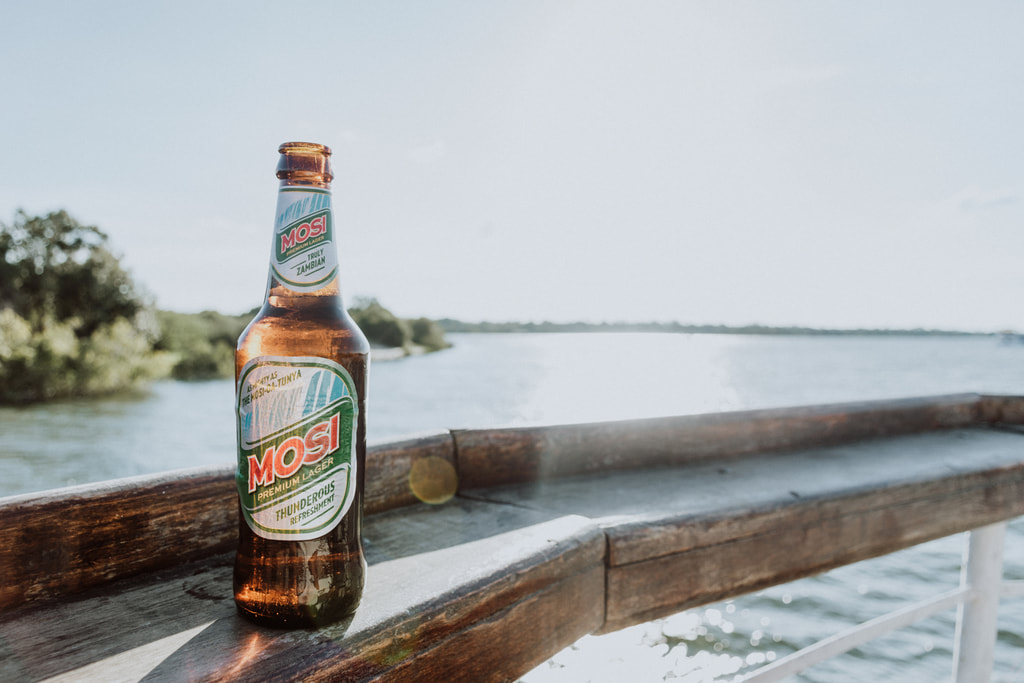
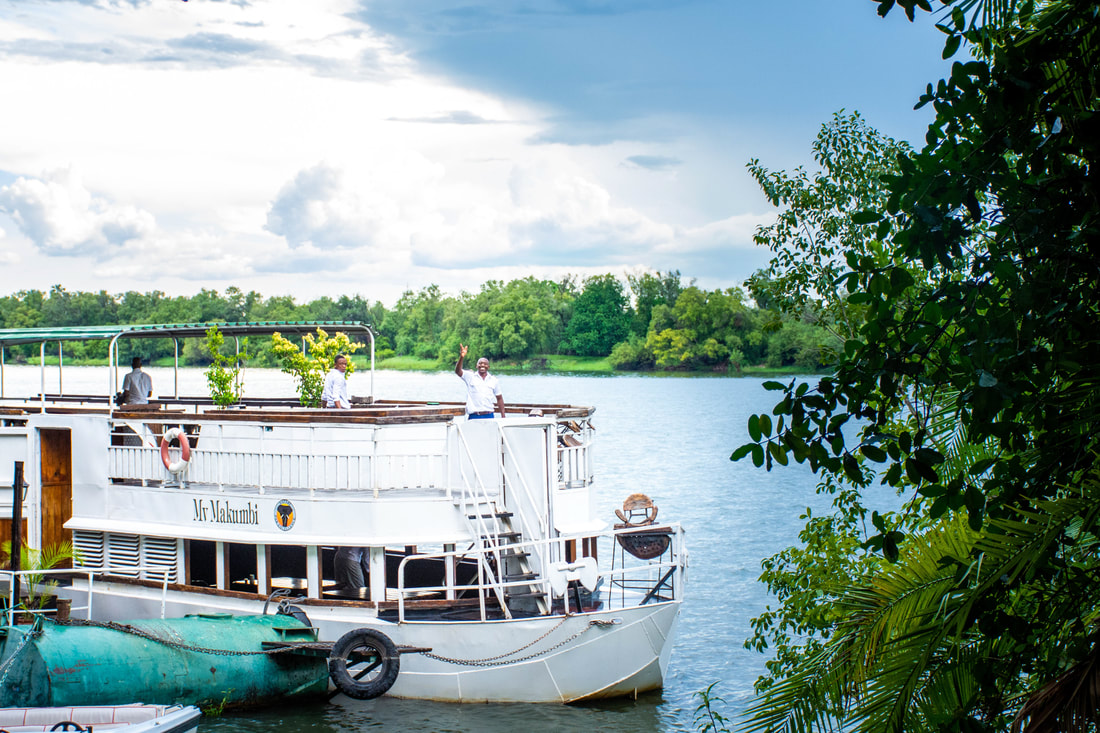
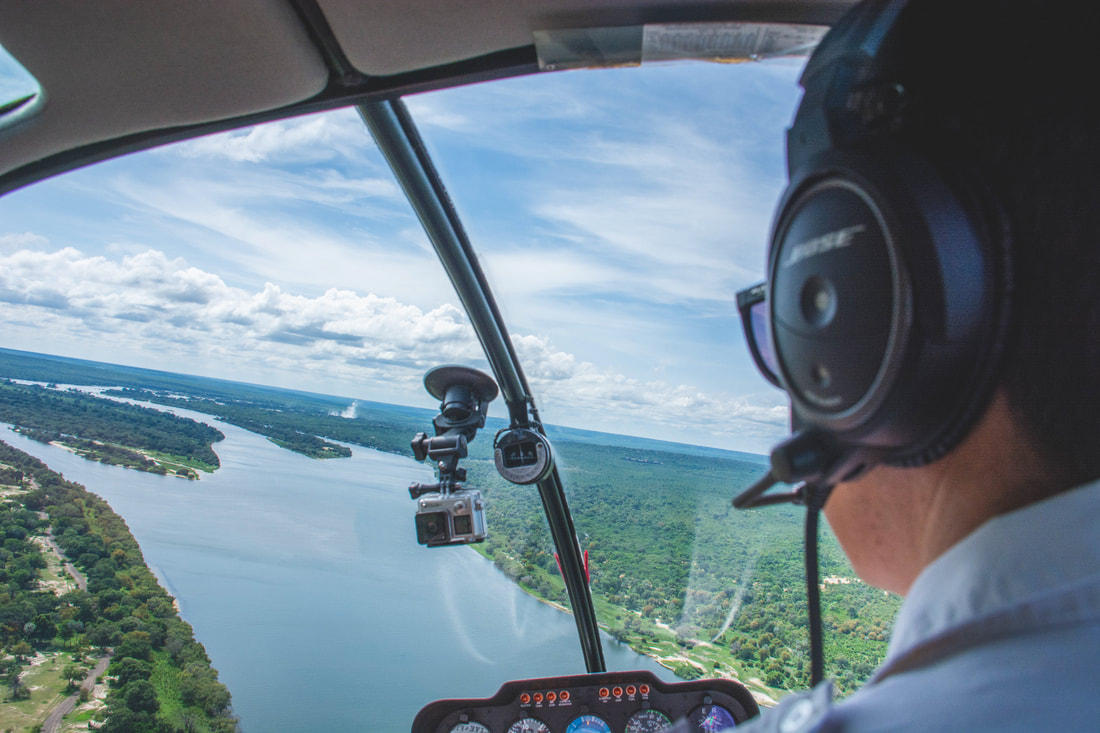
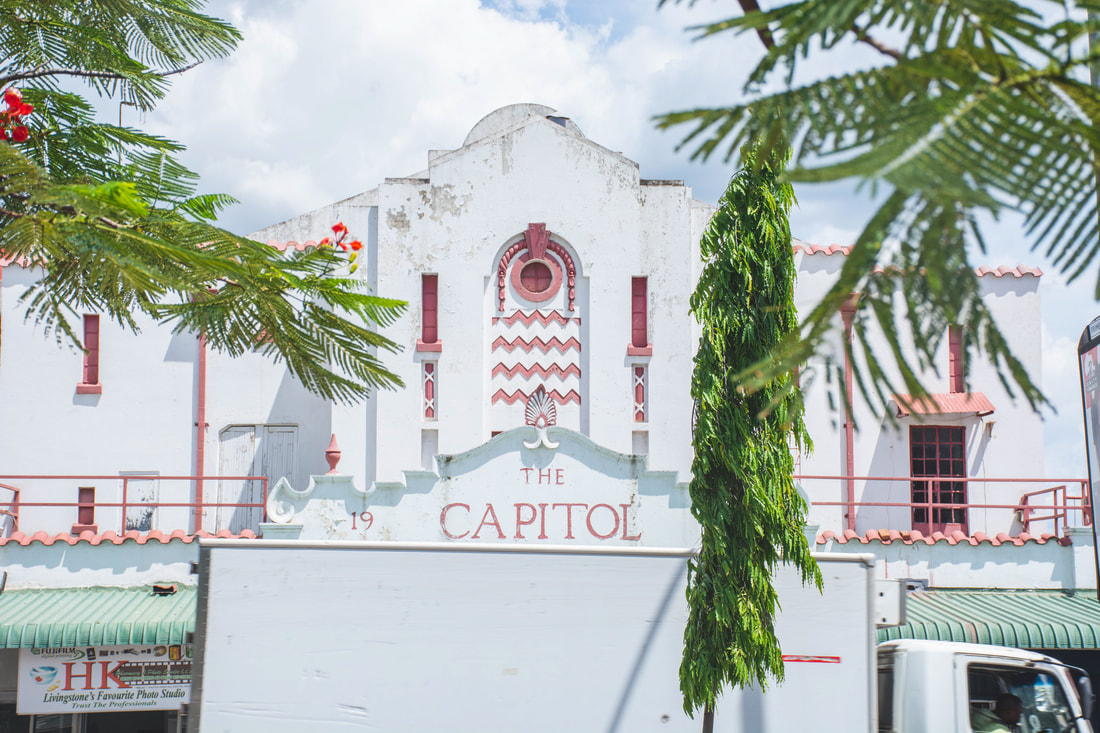
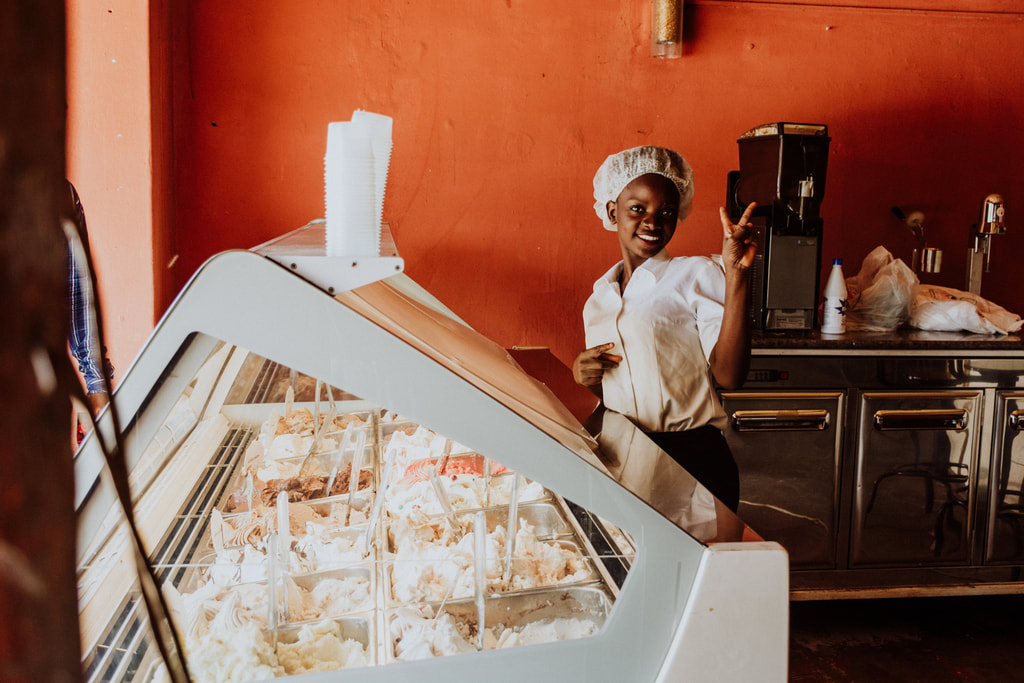
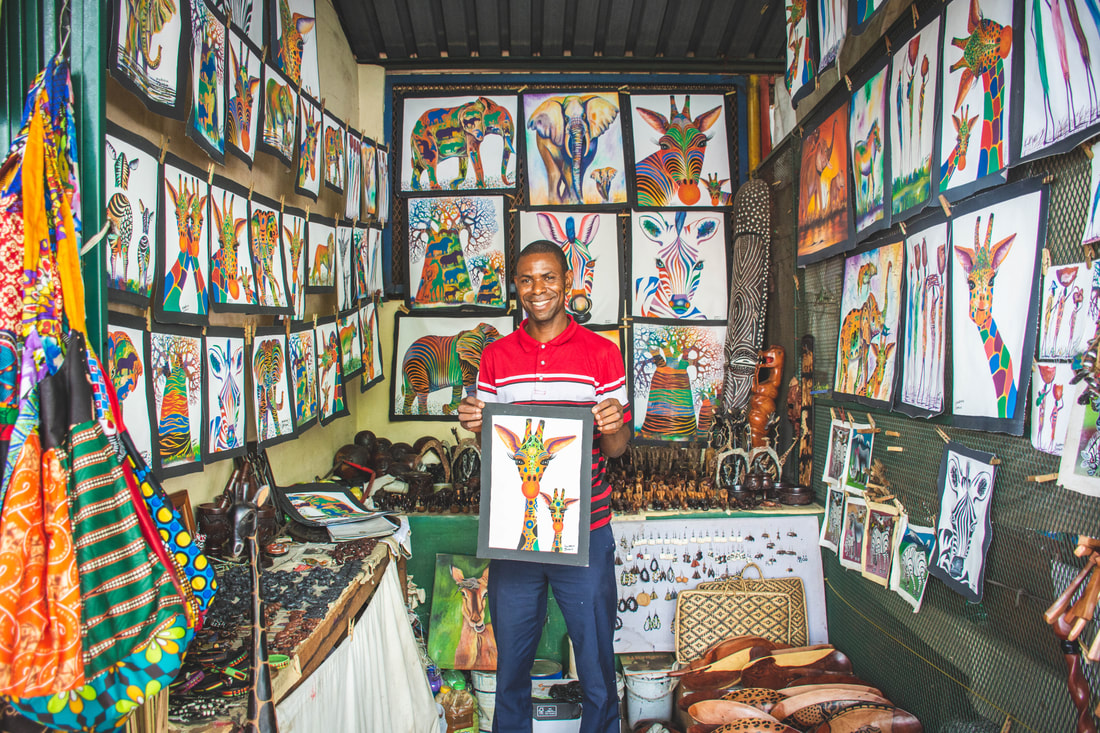
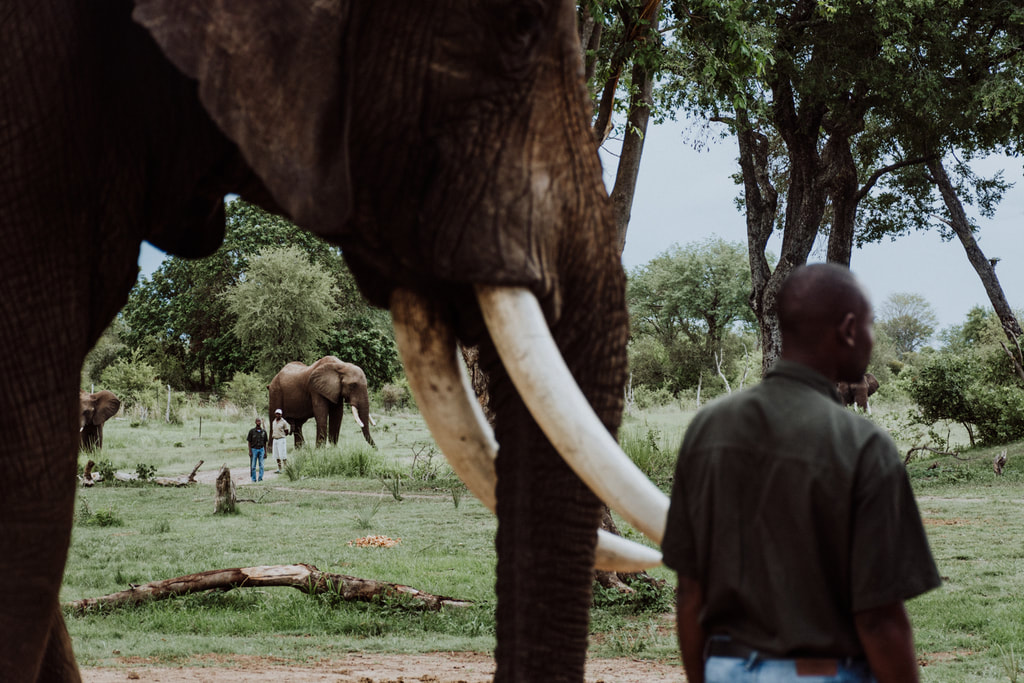
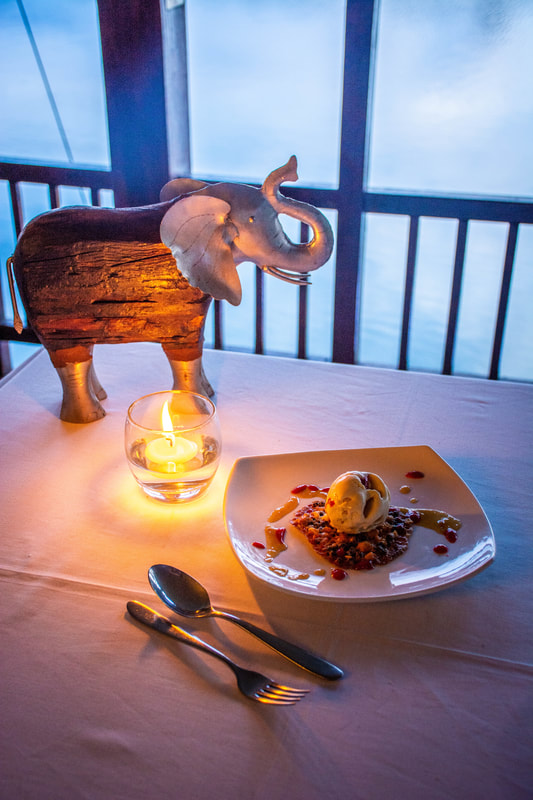
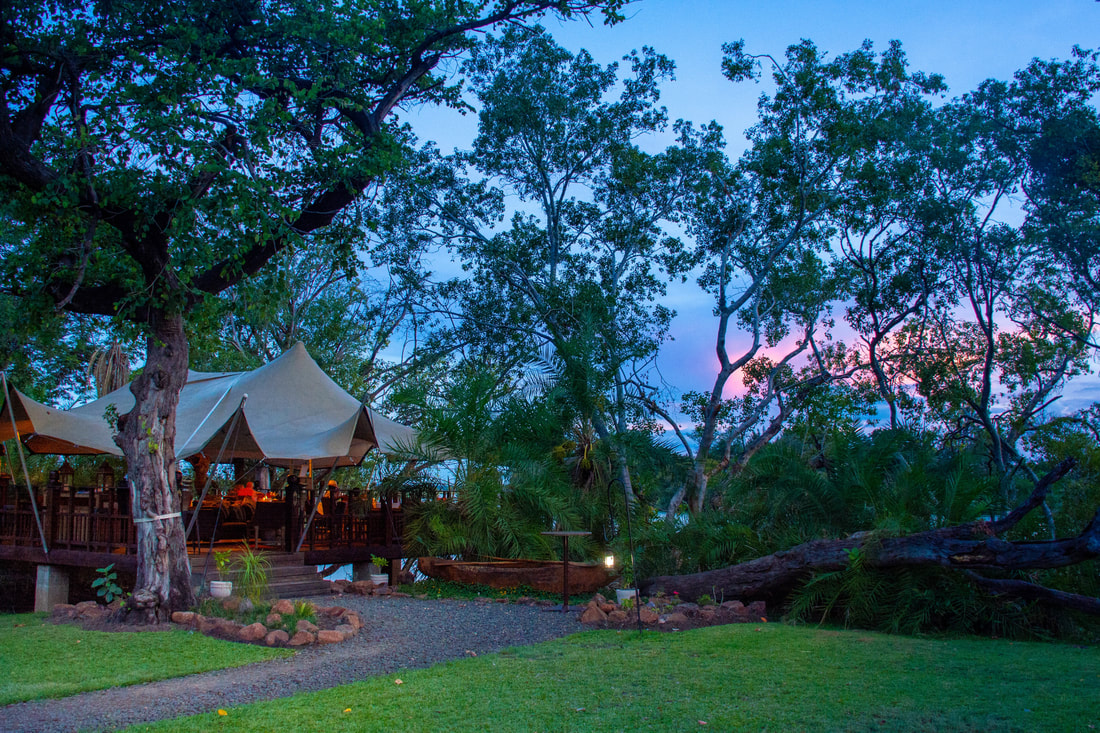
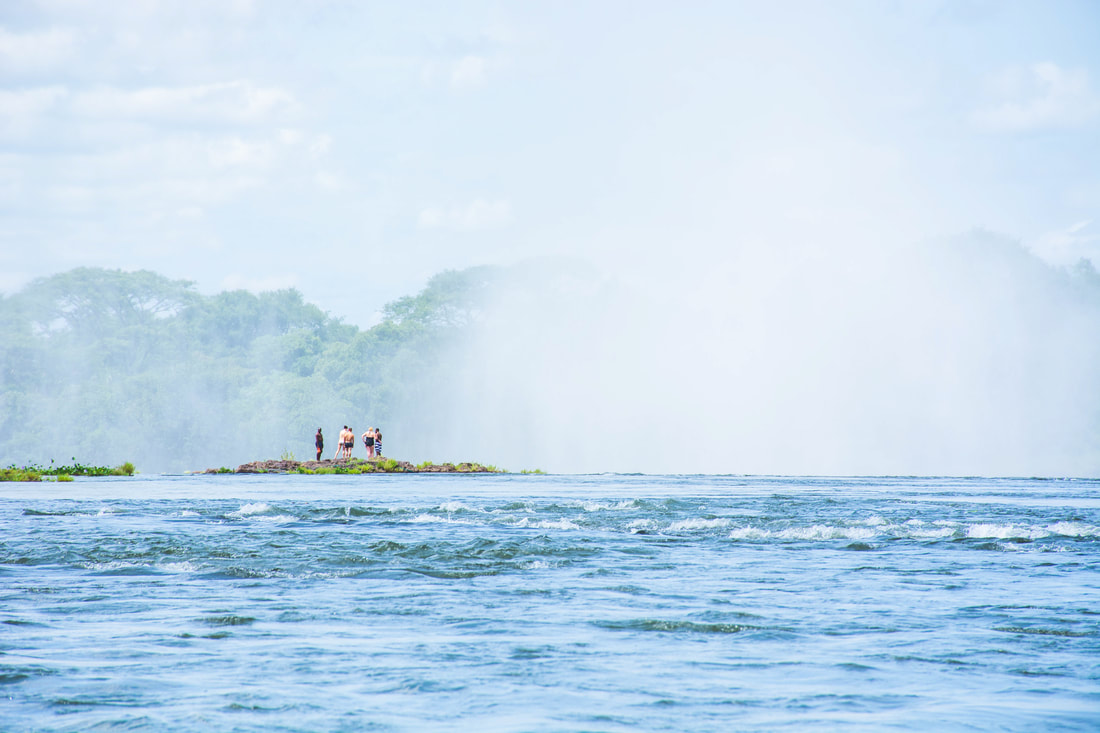
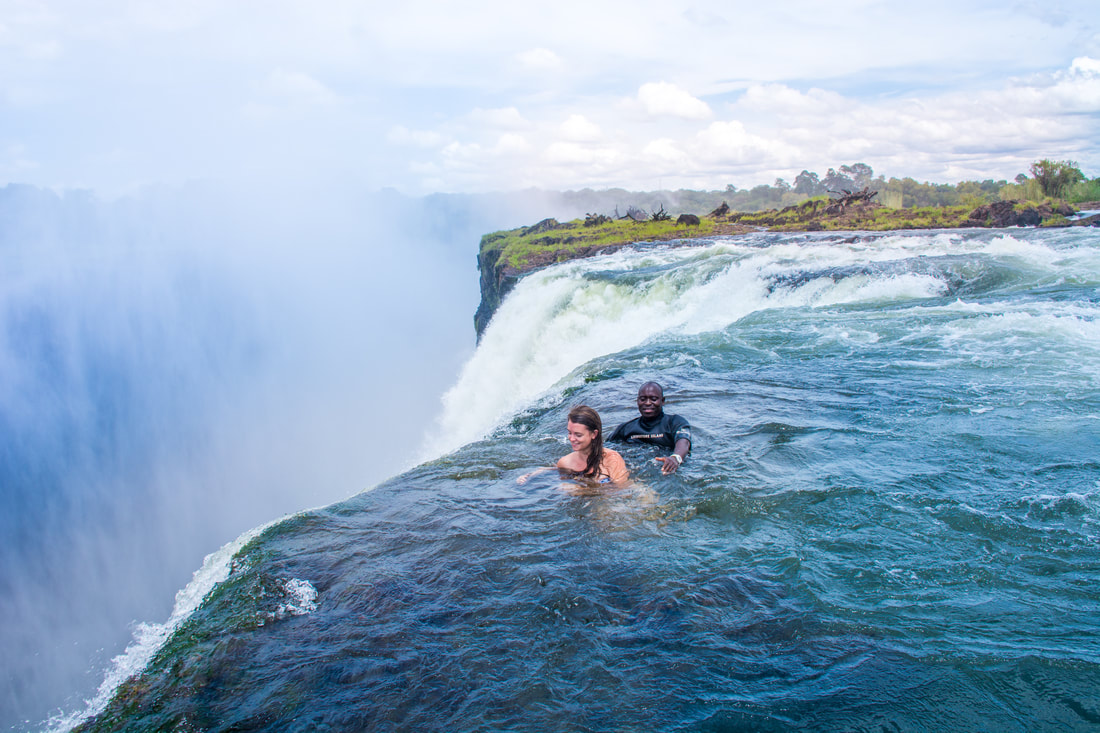
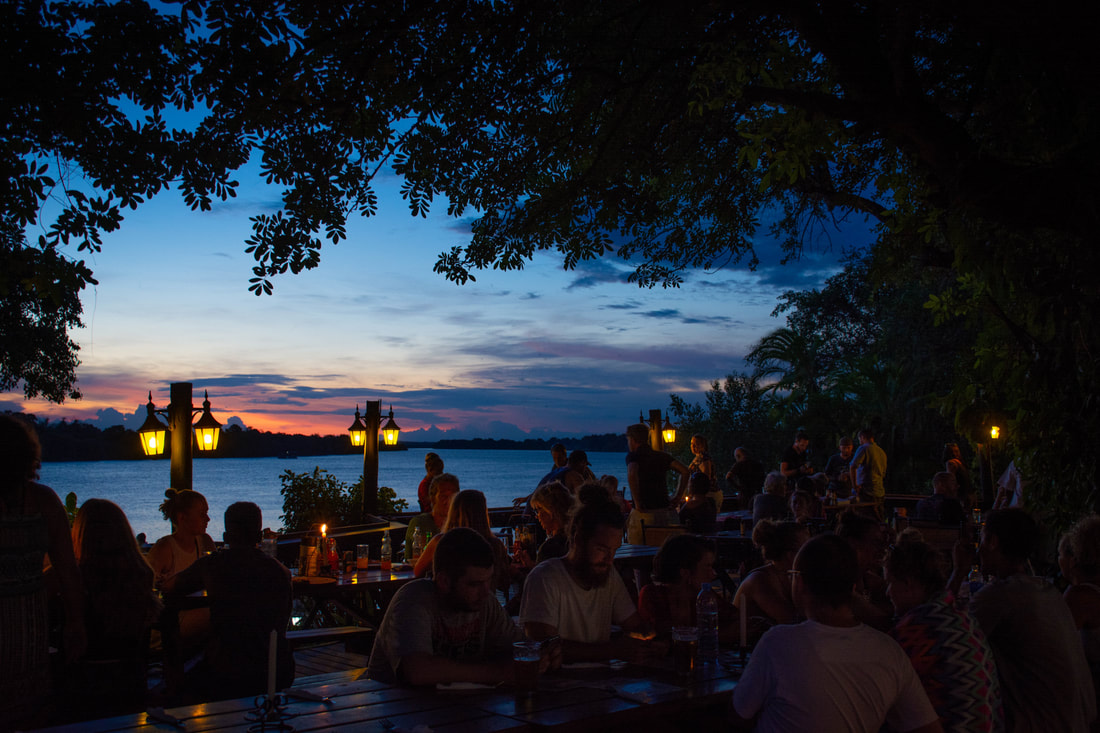
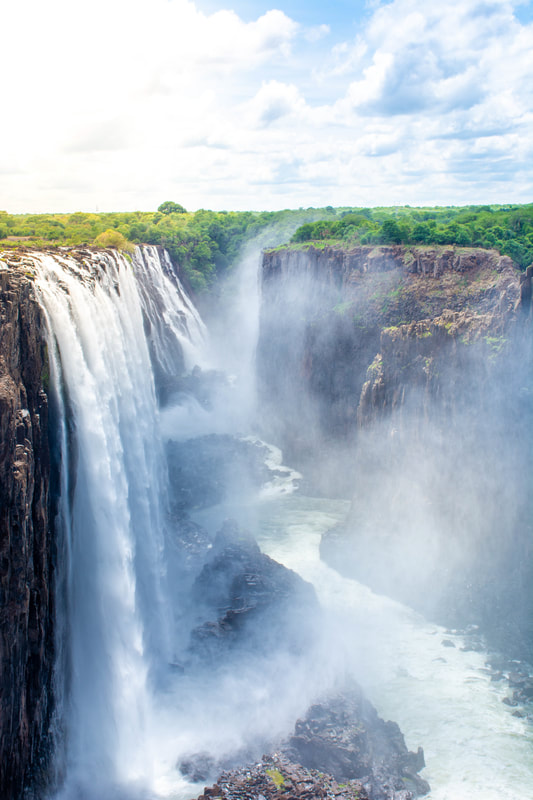
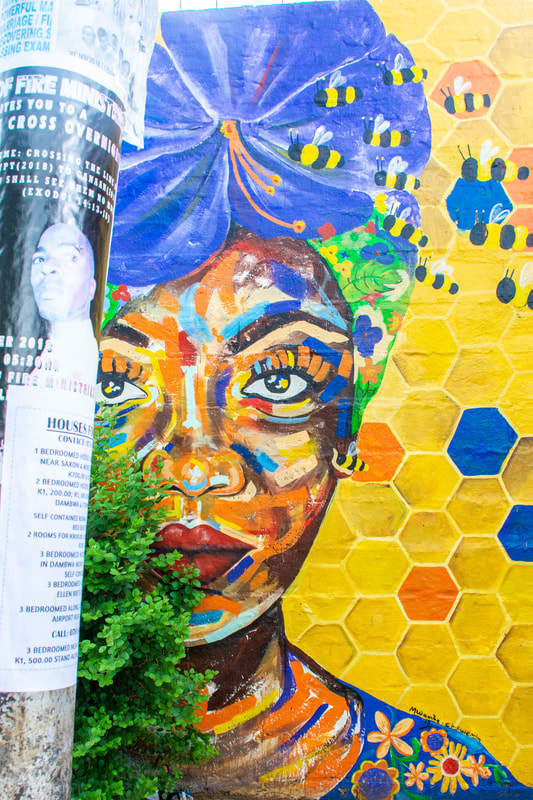
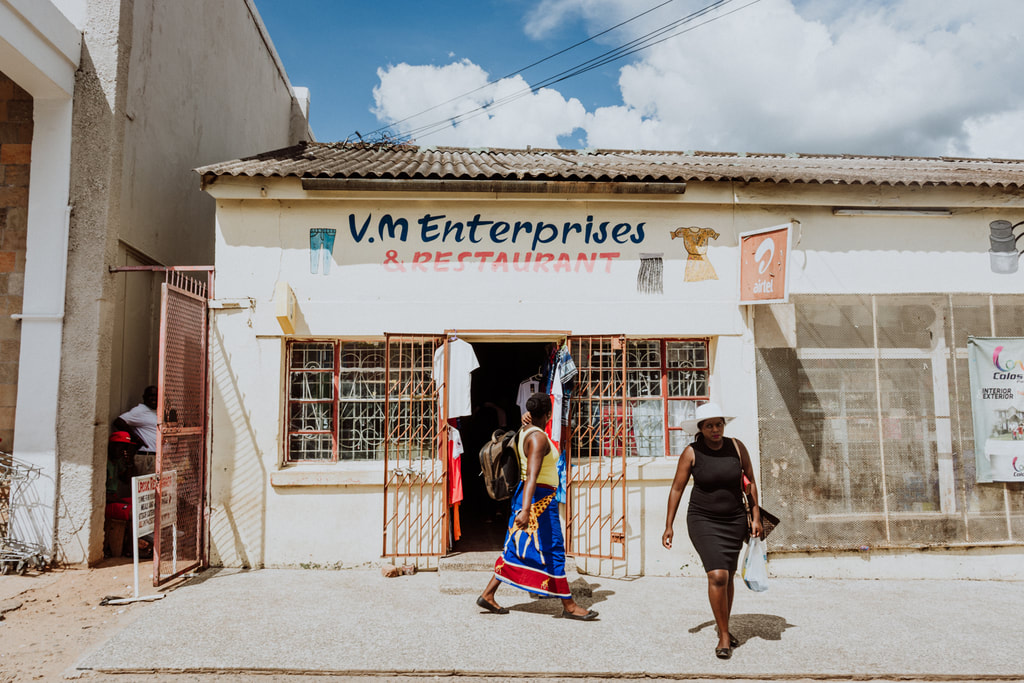
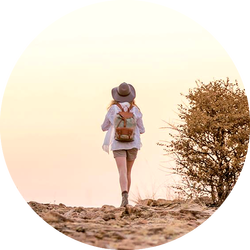
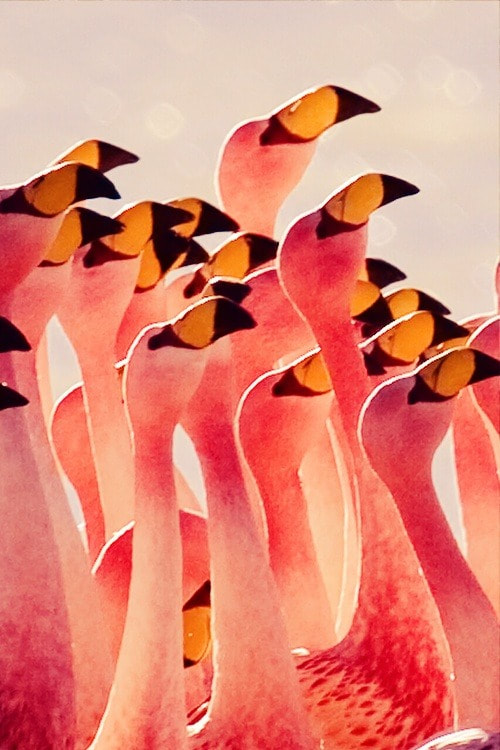
 RSS Feed
RSS Feed
